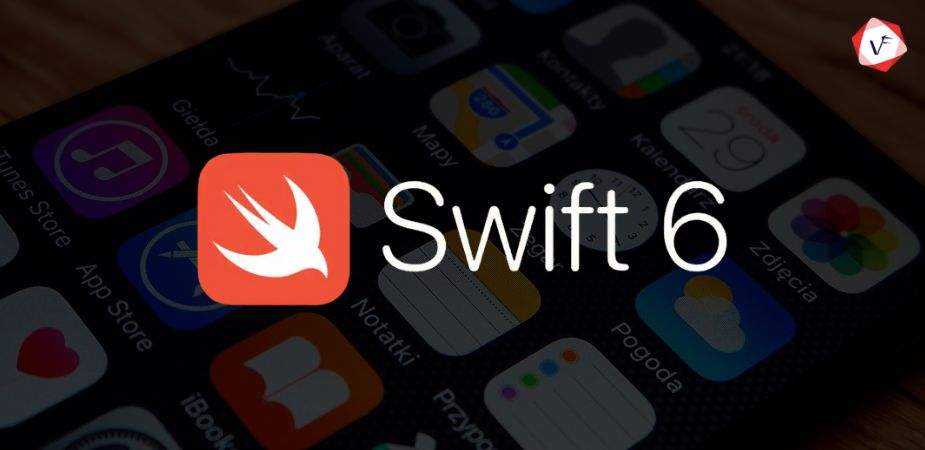
- April 15, 2025 1:48 pm
- by Safvana
Why is Python So Popular?
- April 15, 2025 1:48 pm
- by Deepthy
Python has taken the programming world by storm and is now one of the most popular programming languages. From web development to data science, Python is used in a variety of applications. But what makes Python so special? In this blog, we'll explore the reasons behind Python's popularity, its key features, and how it compares to other programming languages. By the end, you'll have a clear understanding of why Python has become the go-to language for many developers and businesses.
Why is Python So Popular?
Numerous important elements contribute to Python's popularity:
- Ease of Learning and Use
- Versatility
- Community Support
- Rich Libraries and Frameworks
- Integration Capabilities
- Solid Backing for Machine Learning and Data Science
- Corporate Support and Adoption
Let's examine each of these elements in greater depth.
1. Ease of Learning and Use
Python is renowned for its simplicity and readability. Its syntax is clean and straightforward, making it easy for beginners to learn and understand. Here are some reasons why Python is considered easy to learn:
- Simple Syntax: Python's syntax resembles plain English, which makes it intuitive and easy to read.
- Minimalist Design: Python requires fewer lines of code to perform tasks compared to other programming languages. This simplicity helps beginners grasp programming concepts without getting overwhelmed.
- Comprehensive Documentation: Python has extensive documentation and a plethora of tutorials, guides, and resources available online, which makes learning Python accessible to everyone.
2. Versatility
Python's versatility is one of its biggest strengths. It can be applied to many different things, such as:
- Web Development: Frameworks like Django and Flask make web development easy and efficient.
- Data Science and Analytics: Libraries like Pandas, NumPy, and Matplotlib are essential tools for data manipulation and visualization.
- Machine Learning and Artificial Intelligence: Libraries like TensorFlow, Keras, and Scikit-learn enable developers to create powerful machine learning models.
- Automation and Scripting: Python is often used for automating repetitive tasks and writing scripts for various purposes.
- Software Development: Python is used for building desktop applications and software prototypes.
<br>
3. Community Support
A strong and active community is crucial for the growth and success of any programming language. Python has a massive and supportive community of developers who contribute to its development, create libraries, and offer help to others. This community-driven approach has several benefits:
- Abundant Resources: The Python community produces a wealth of tutorials, courses, and documentation, making it easier for newcomers to learn and experienced developers to advance their skills.
- Open-Source Contributions: Many Python libraries and tools are open-source, meaning anyone can contribute to their development and improvement.
- Support Forums: Online forums like Stack Overflow, Reddit, and dedicated Python communities provide a platform for developers to ask questions, share knowledge, and solve problems collaboratively.
<br>
4. Rich Libraries and Frameworks
Python's extensive collection of libraries and frameworks is one of its greatest assets. These libraries and frameworks simplify development by providing pre-written code for common tasks. Some popular libraries and frameworks include:
- Django and Flask: For web development, these frameworks offer robust tools and features to build scalable web applications.
- Pandas and NumPy: Essential for data manipulation and numerical computations, these libraries are widely used in data science.
- Matplotlib and Seaborn: These libraries are used for data visualization, helping developers create insightful charts and graphs.
- TensorFlow and Keras: Popular in the machine learning and AI community, these libraries provide tools for building and training neural networks.
- Beautiful Soup and Scrapy: Used for web scraping, these libraries help extract data from websites.
<br>
5. Integration Capabilities
Python's ability to integrate with other languages and technologies makes it incredibly versatile. Python can be easily combined with languages like C, C++, and Java, allowing developers to leverage existing codebases and libraries. Some integration capabilities include:
- Cython: This tool allows you to write C extensions for Python, improving performance for critical code sections.
- Jython: This implementation of Python runs on the Java platform, enabling seamless integration with Java applications.
- IronPython: This implementation of Python is integrated with the .NET framework, allowing Python to be used for .NET applications.
<br>
6. Strong Support for Data Science and Machine Learning
The rise of data science and machine learning has significantly contributed to Python's popularity. Python is the language of choice for many data scientists and machine learning engineers due to its powerful libraries and ease of use. Some key reasons for Python's dominance in these fields include:
- Extensive Libraries: Libraries like Pandas, NumPy, Scikit-learn, TensorFlow, and PyTorch provide comprehensive tools for data manipulation, analysis, and machine learning.
- Ease of Learning: Python's simple syntax and readability make it accessible to non-programmers, such as statisticians and domain experts.
- Active Community: The active Python community continuously contributes to the development and improvement of data science and machine learning libraries.
<br>
7. Corporate Support and Adoption
Python has gained significant support from major corporations, which has further propelled its popularity. Companies like Google, Facebook, Amazon, and Netflix use Python for various applications, from web development to data analysis. This corporate adoption has several benefits:
- Job Opportunities: The widespread use of Python by leading companies creates a high demand for Python developers, making it a valuable skill in the job market.
- Innovation and Development: Corporate support leads to continuous innovation and development of Python libraries and tools, keeping the language up-to-date with industry needs.
<br>
Comparison with Other Programming Languages
Python's popularity can be better understood by comparing it with other programming languages:
- Python vs. JavaScript: While JavaScript is essential for front-end web development, Python is more versatile and easier to learn for beginners. Python's simplicity makes it a better choice for data science, machine learning, and automation.
- Python vs. Java: Java is known for its performance and scalability, making it suitable for large-scale enterprise applications. However, Python's simplicity and extensive libraries make it more suitable for rapid development, prototyping, and data analysis.
- Python vs. C++: C++ offers high performance and is used for system-level programming, game development, and applications requiring fine-grained control over hardware. Python, on the other hand, prioritizes ease of use and development speed, making it ideal for general-purpose programming, scripting, and data analysis.
Final Thoughts
Python's popularity is well-deserved, thanks to its ease of learning, versatility, strong community support, rich libraries, integration capabilities, and dominance in data science and machine learning. These factors make Python programming an attractive choice for both beginners and experienced developers, leading to its widespread adoption across various industries.
Whether you're a novice programmer looking to learn your first language or an experienced developer seeking a powerful and flexible tool, Python offers the resources, community, and capabilities to support your journey. As technology continues to evolve, Python's role in the programming world is likely to grow even more, solidifying its place as one of the most valuable and popular programming languages.


